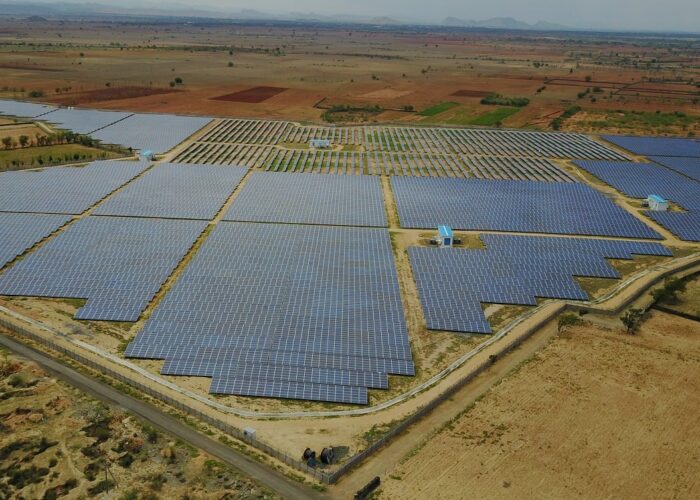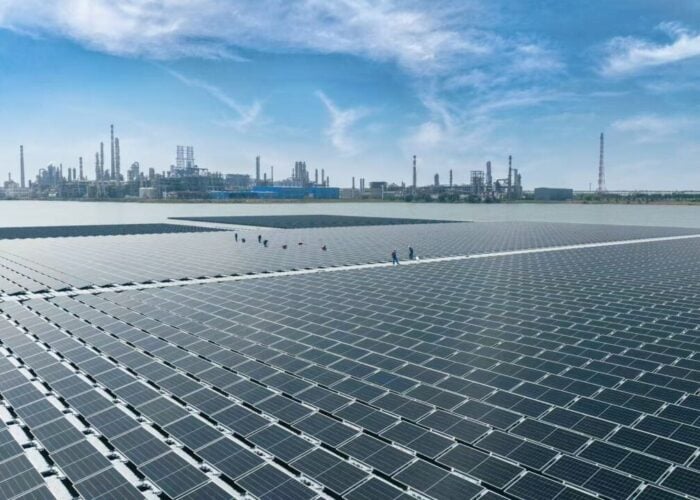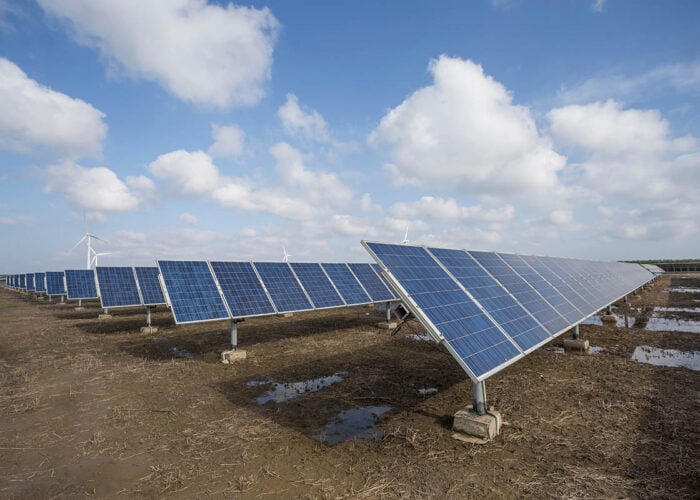The falling cost of solar energy could have as much impact on energy markets as the so-called “shale revolution”, according to a new report.
Wood Mackenzie, the analysis firm headquartered in Scotland’s capital city Edinburgh and originally launched to track the early days of North Sea Oil in the 1970s, has issued the report 'Is solar the next shale?'. While the report mainly focuses on the falling costs of solar relative to other forms of energy, with the title something of a shrewd headline-grabbing hook, Wood Mackenzie forecasts two similar future outcomes that solar and shale could share.
Unlock unlimited access for 12 whole months of distinctive global analysis
Photovoltaics International is now included.
- Regular insight and analysis of the industry’s biggest developments
- In-depth interviews with the industry’s leading figures
- Unlimited digital access to the PV Tech Power journal catalogue
- Unlimited digital access to the Photovoltaics International journal catalogue
- Access to more than 1,000 technical papers
- Discounts on Solar Media’s portfolio of events, in-person and virtual
Firstly, both shale and solar have enjoyed rapid cost decline and are in each case leading to the displacement of incumbent energy concerns. In solar’s case, this means an increasing competitiveness with natural gas combined cycle (NGCC) plants. Initially eating away at the “midday net demand” that solar can cater for and is often provided by gas-fired facilities, with the effect of lowering prices, this will also lead to even bigger price drops for solar. In the case of shale, its competitiveness on price has resulted in a well-documented sea-change at supply-side level for the gas and its rivals.
Secondly, rapid cost drops in shale are expected by Wood Mackenzie’s analysts, leading to an expansion in demand, including for liquid natural gas (LNG) exports. Wood Mackenzie also says there will be expanding demand for solar, although aside from the increased deployment of electric vehicles, the report seems unclear on what other drivers may exist going forward. It also does not appear to reference the relative environmental impacts of either energy source.
The report, focusing on the US solar industry and with particular regards to energy markets and market regulation in California, was prepared by a Wood Mackenzie’s team in North America.
Referring to both the rising efficiency of solar modules and systems, as well as inroads made into cutting non-module costs such as permitting paperwork and regulations, Wood Mackenzie says “large scale solar economics have already reached grid parity (exluding integration costs) – the point at which the levelised cost of solar is less than a gas combined cycle or combustion turbine – across multiple regions in the US”.
The Scottish firm said it predicts some states in the US – 19 in total – to see solar at grid parity by 2020, a figure which it saw doubling by 2030. A report last year, 'The Economics of Grid Defection', from respected sustainability consultancy Rocky Mountain Institute looked at the likelihood of consumers pairing solar with batteries to go completely off-grid made similar predictions. Meanwhile, utility companies and mainstream financial institutions including Barclays have repeatedly highlighted the disruptive threat posed to the incumbent electricity industry by solar and other renewables.
Wood Mackenzie sounds a cautionary note to solar, as it does to the electric industry as a whole – the firm says that without changes to electricity rate designs, the ability to deploy solar and add it to networks cheaply will be held back.
“Should solar market saturation rapidly increase, other forms of capacity will still be necessary to meet needs while today's energy and capacity market design and compensation mechanisms will need to evolve to maintain reliability,” the team wrote.






